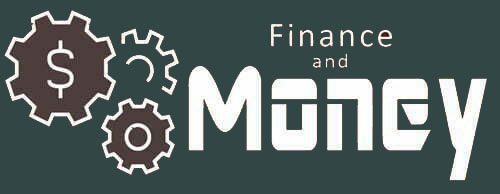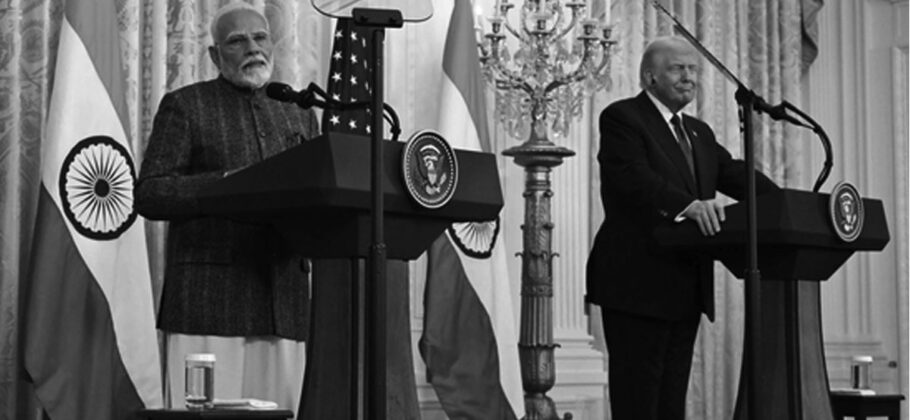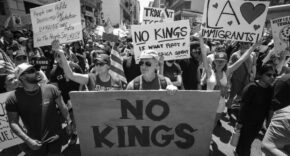India and the United States have completed the first round of negotiations toward a long-awaited bilateral trade agreement. After four days of talks held from March 26 to 29 in New Delhi, officials from both countries announced progress toward a deal that could reshape their economic relationship. With the first phase expected to be finalized by fall 2025, the momentum behind the discussions is growing fast.
Who’s Leading the Negotiations
The discussions were led on the U.S. side by Brendan Lynch, assistant U.S. trade representative for South and Central Asia. His Indian counterpart was Rajesh Agrawal, additional secretary in India’s Ministry of Commerce and Industry. Additional high-level engagement also took place, with U.S. Deputy Secretary of State Christopher Landau meeting Indian Foreign Secretary Vikram Misri to discuss broader cooperation, including trade, immigration, and regional security.
Separately, India’s Commerce and Industry Minister Piyush Goyal recently visited Washington to meet with U.S. Trade Representative Jamieson Greer and Commerce Secretary Howard Lutnick. These diplomatic efforts reflect the strong political will behind sealing a deal.
What’s Driving the Talks
The renewed energy for a trade agreement follows a pledge by Prime Minister Narendra Modi and President Donald Trump to increase bilateral trade to $500 billion by 2030. As part of that commitment, India has promised to increase its purchases of U.S. energy products and defense equipment.
Both governments view the trade deal as a way to create jobs, enhance supply chains, and improve market access. India is seeking more favorable treatment under potential reciprocal U.S. tariffs that are scheduled to take effect on April 2. Trump has warned of new duties on nations he believes impose unfair tariffs on American products.
Barriers to Overcome
For years, the U.S. has criticized India’s high tariff regime. President Trump has repeatedly referred to India as the “tariff king,” pointing out that while the average U.S. tariff is about 2.2%, India’s average sits around 12%, according to the World Trade Organization. Trump stated, “India is one of the highest tariffing nations in the world. It’s brutal. They’re very smart. Modi is a very smart man and a great friend of mine.”
The U.S. has demanded lower duties on a range of goods and better market access for American businesses. India has also been asked to relax non-tariff barriers, such as product certification rules and restrictions on foreign companies entering certain sectors.
Items on the Table
The list of specific issues and sectors under discussion includes:
-
Agricultural products: The U.S. wants India to lower import duties on a range of farm goods.
-
Alcoholic beverages: Washington has pushed for India to reduce tariffs on whiskey and other spirits.
-
Automobiles: Tariffs on imported U.S. vehicles remain a major sticking point.
-
Medical devices: Price caps and regulatory barriers in India have been challenged by the U.S.
-
E-commerce and digital trade: Rules on data localization and market access are under review.
-
Pharmaceuticals: The two sides are looking at easing regulatory processes to improve access.
-
Defense and energy: India has agreed to increase purchases from the U.S., helping to address the trade imbalance.
-
Technology cooperation: Discussions include shared development in high-tech sectors like semiconductors and AI.
The initial round ended with a joint statement declaring a broad understanding on the next steps. Both nations agreed to begin sector-specific discussions virtually in the coming weeks, followed by another round of in-person talks.
One of the key goals of the agreement is to reduce the U.S. trade deficit with India, which currently stands at $45.6 billion. By cutting tariffs and opening up more sectors, both sides believe they can build a more balanced and mutually beneficial relationship.
The expectation now is that the first phase of the deal will be ready by September or October, well before the U.S. presidential election season heats up. If successful, the agreement would mark one of the most significant trade achievements between the two democracies in recent history.





